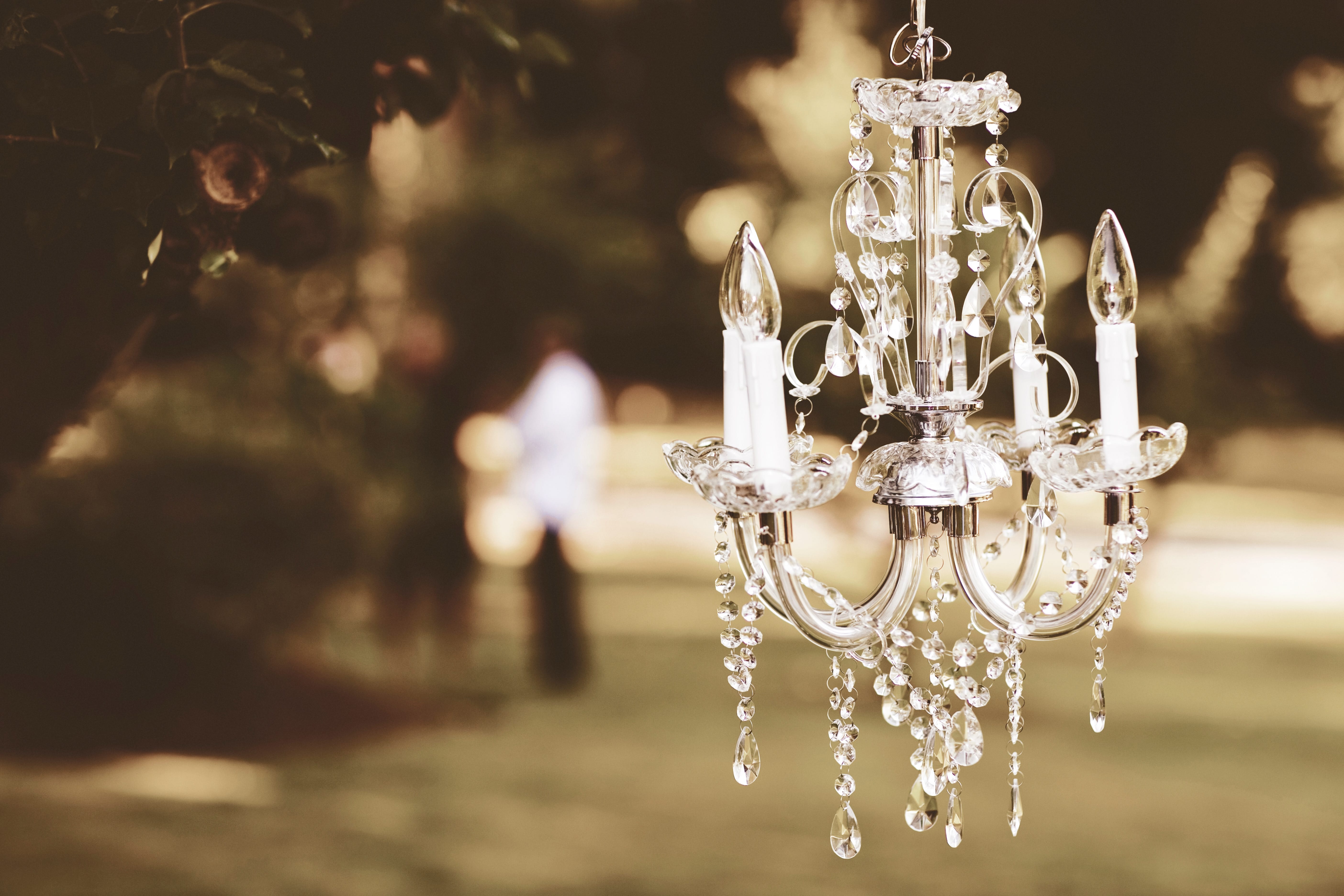By Jessie Trapp, Marketing Coordinator
 Today’s typical seller has lived in their home for 10 years prior to making the move to put it on the market. Clearly, the decision is a major event, and far more complex than planting a shiny “For Sale” sign in the lawn and calling it a day. Facing the terror that often lies within attics and basements following years of neglect, organizing all of the belongings that have now stacked up to a borderline-hoarder status, and desperately bribing friends to move it all to the next place are all aspects of the selling process that immediately come to mind. However, getting as much of a return out of a house as possible is always at the very top of sellers’ to-do lists.
Today’s typical seller has lived in their home for 10 years prior to making the move to put it on the market. Clearly, the decision is a major event, and far more complex than planting a shiny “For Sale” sign in the lawn and calling it a day. Facing the terror that often lies within attics and basements following years of neglect, organizing all of the belongings that have now stacked up to a borderline-hoarder status, and desperately bribing friends to move it all to the next place are all aspects of the selling process that immediately come to mind. However, getting as much of a return out of a house as possible is always at the very top of sellers’ to-do lists.
So, your client has decided to sell. What’s next? At this point, many facing this move likely wonder: How much money should I actually invest into my home before selling? What aspects of my home are worth sprucing up? Will the increase in home value actually be worth the time, effort, and cost of making these adjustments?
Obviously, the answers to these questions are often very situation-specific, but there are several small aspects of homes that sellers should have in tip-top shape in order to get the bang for their buck they’re hoping for. Agents are often the go-to consultants for home value questions, so here are a few home selling tips to always have on your pre-sale checklist!
Curb appeal.
We are all told from a young age to never judge a book by its cover, but let’s be real – buyers won’t be able to help it! Think about it- What is the first thing your clients see during your listing presentation? This one’s easy, they look at the lovely exterior shot of the prospective home. They expect this image to be impressive, as it’s the first impression that neighbors, friends, and family will have of their brand-new home. According to a Michigan State Study, enhancing the curb appeal can increase perceived value by 5-11%, so if their budget allows, enhancing the front of the home will surely pay off. It’s usually smart to discourage them from any massive investments in features such as fountains, as not everyone wants a fountain and getting your money back won’t be guaranteed here. Instead, keep the renovations modest and visually appealing.
Update the little things.
Even small hardware such as cabinet handles and doorknobs can contribute to a home looking outdated if not replaced and updated somewhat regularly. Again, keep the styles as neutral as possible but avoid choosing pieces that look tacky or cheaply made.
Make it sparkle.
Investing in a cleaning service or bribing friends to partake in a cleaning party is definitely worth the effort. Buyers expect to have to clean their home throughout their ownership of it, but they most definitely won’t want to start cleaning it from day one. The driveway and siding should be power-washed, carpets should be free of stains, the windows should be smudge-free, and dusting should be done throughout. Making a house appear spotless will contribute greatly to the positive impression that potential buyers get of the home from the second they walk in.
Re-paint.
So, your client’s favorite color is neon green. While some may find that to be a quality choice in color, unfortunately not all will agree. Repainting a home with neutral tones will increase the likelihood that a wider variety of people will find it attractive and help them envision how they would decorate the home with their own style. The clean and fresh feeling provided by a clean paint job will also give it a newer feel, something that buyers will view as a definite plus.
The main takeaway is that increasing home value shouldn’t usually require a massive remodel and months of construction. It should however simply start with you, an outside perspective, consulting your clients on what about the current condition of the home will likely be seen as desirable to potential buyers, and what could use a facelift. You’re the expert – don’t forget it!


 Facebook
Facebook
 X
X
 Pinterest
Pinterest
 Copy Link
Copy Link
